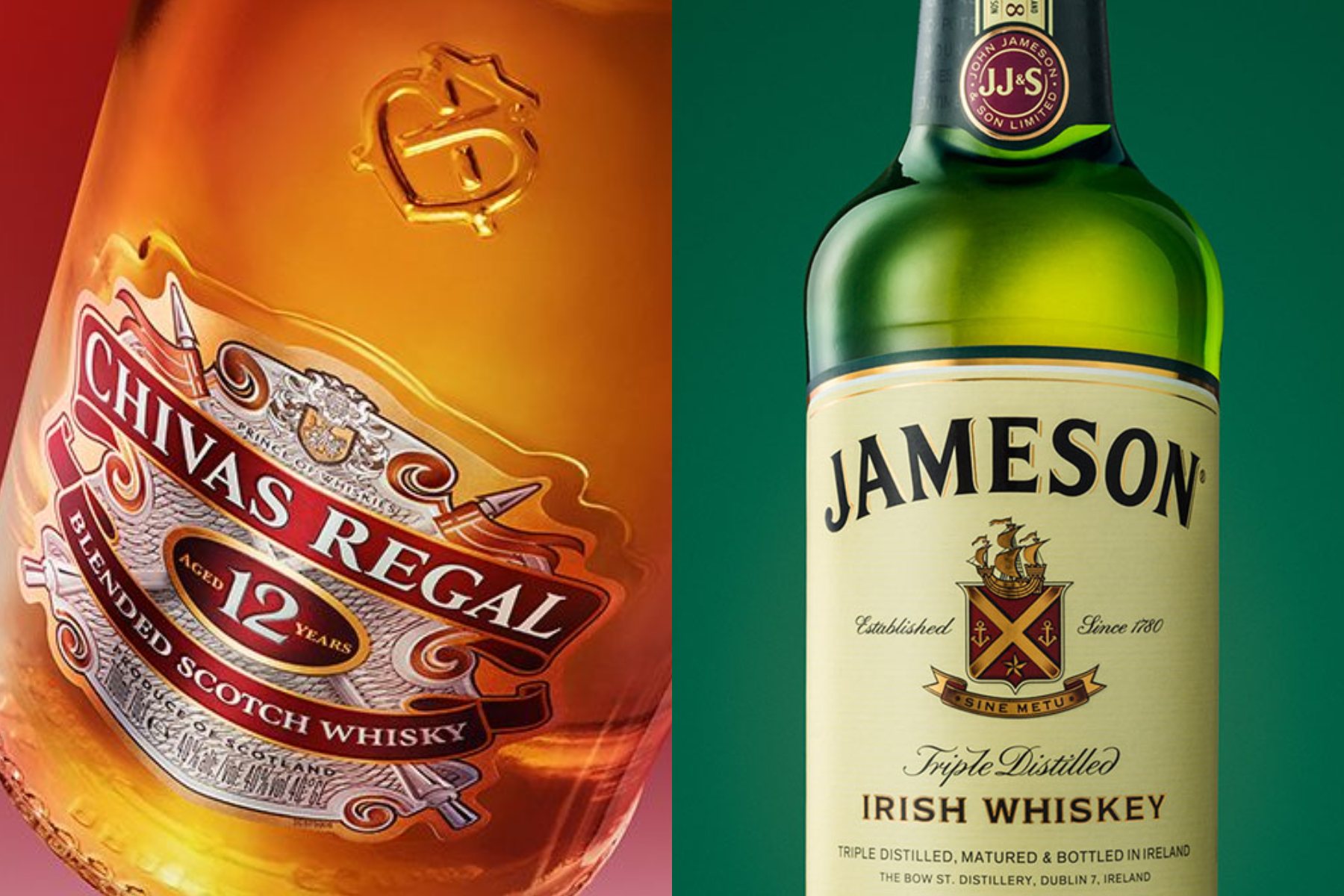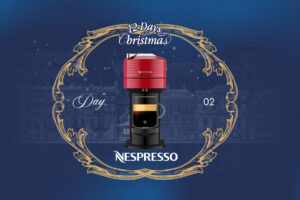Whether you’re a whisky lover or not, there’s no disputing the fact that Scotland and Ireland are two of the most famous whisky producers in the world. However, what has been disputed over for years is: who does it better? Aside from the country of origin being the most obvious difference, Irish whiskey and Scotch actually have other differences that the uninitiated may not know.
To find out, we had a virtual tasting with Will Moylan and Jasper Epsom, the respective brand ambassadors for Malaysia of Jameson and Chivas Regal. To make the comparison, we sipped on two whiskies from each brand: the Chivas Regal 12 Years and the Jameson Original, as well as two more unique drams: the Jameson Black Barrel and Chivas Regal Mizunara.
Keep reading to discover our experience with these whiskies, the differences between Irish whiskey and Scotch, and the results of the whisk(e)y showdown.
The tasting
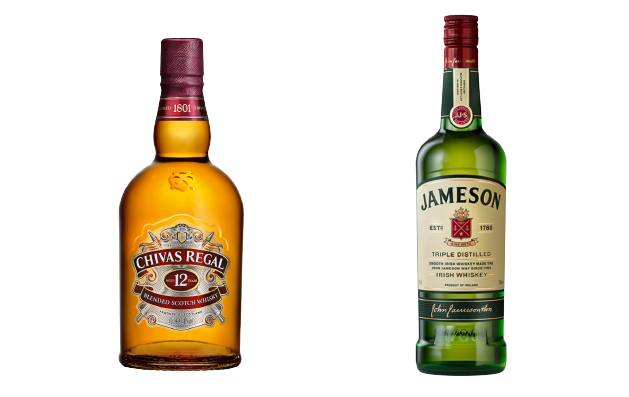
Chivas Regal 12 Years: A classic of the brand, it’s distinguished by its unmistakable aroma of fresh florals and orchard fruits such as apples and pears. This fruity sweetness is balanced by greener, grassy notes such as small, wild herbs and heather.
These notes are translated on the palate as well, with the sweetness intensified by the presence of vanilla and butterscotch. It feels velvety on the tongue, and boasts a rich, creamy texture that lengthens its finish.
Jameson Original: If you don’t already know, the Jameson Original Irish Whiskey is well-loved by many for its carefree spirit and incredibly smooth texture that comes courtesy of its distillation process (but more on that later). A single whiff introduces the olfactory senses with bright, small blossoms mingling with runny honey. Subtle strands of caramelised bananas weave through, carrying a hint of nuttiness.
With the first sip, one instantly experiences the silky smoothness of the whiskey, complemented by a chewy texture. Syrupy, vanilla sweetness coats the tongue, while the presence of white pepper spice excites the palate.
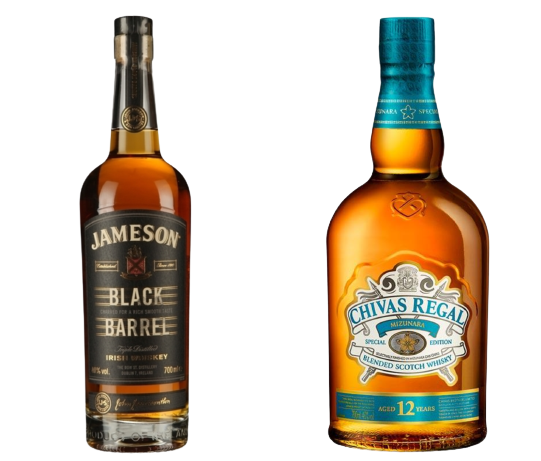
Jameson Black Barrel: Compared to the original, the Black Barrel expression boasts a more pronounced richness in its perfume that’s akin to creamy, fudgy butterscotch. This comes courtesy of the distillery’s coopers who give the bourbon barrels an additional charring. The tropical banana notes from the Original is more pronounced in the Black Barrel, lending a deep, smoky sweetness.
On the palate it introduces an energetic, smoky spice and an enhanced savoury character with a touch of salt. While it’s not as light or sweet as the Original, this whiskey is definitely something that enthusiasts will appreciate.
Chivas Regal Mizunara: Originally made exclusively for Japan, the Chivas Mizunara is the first whisky to be selectively finished in Japanese Mizunara oak casks. On the nose, a prominent wave of salt washes over – reminiscent of sun-kissed seawater – mingling with the freshness of grass. This slowly opens up to the deeper, fruitier sweetness of honey, with a touch of orange zest and pear. An underlying presence of nuttiness – think almonds and walnuts – adds to the refinement of this whisky.
Just like the Chivas 12 Years, it maintains its signature smoothness, but with a richer, honey-like sweetness and a bolder punch of spices that enliven this unique dram. Adding to its complexity is the presence of nuttiness – reminiscent of pistachios or even roasted hazelnuts.
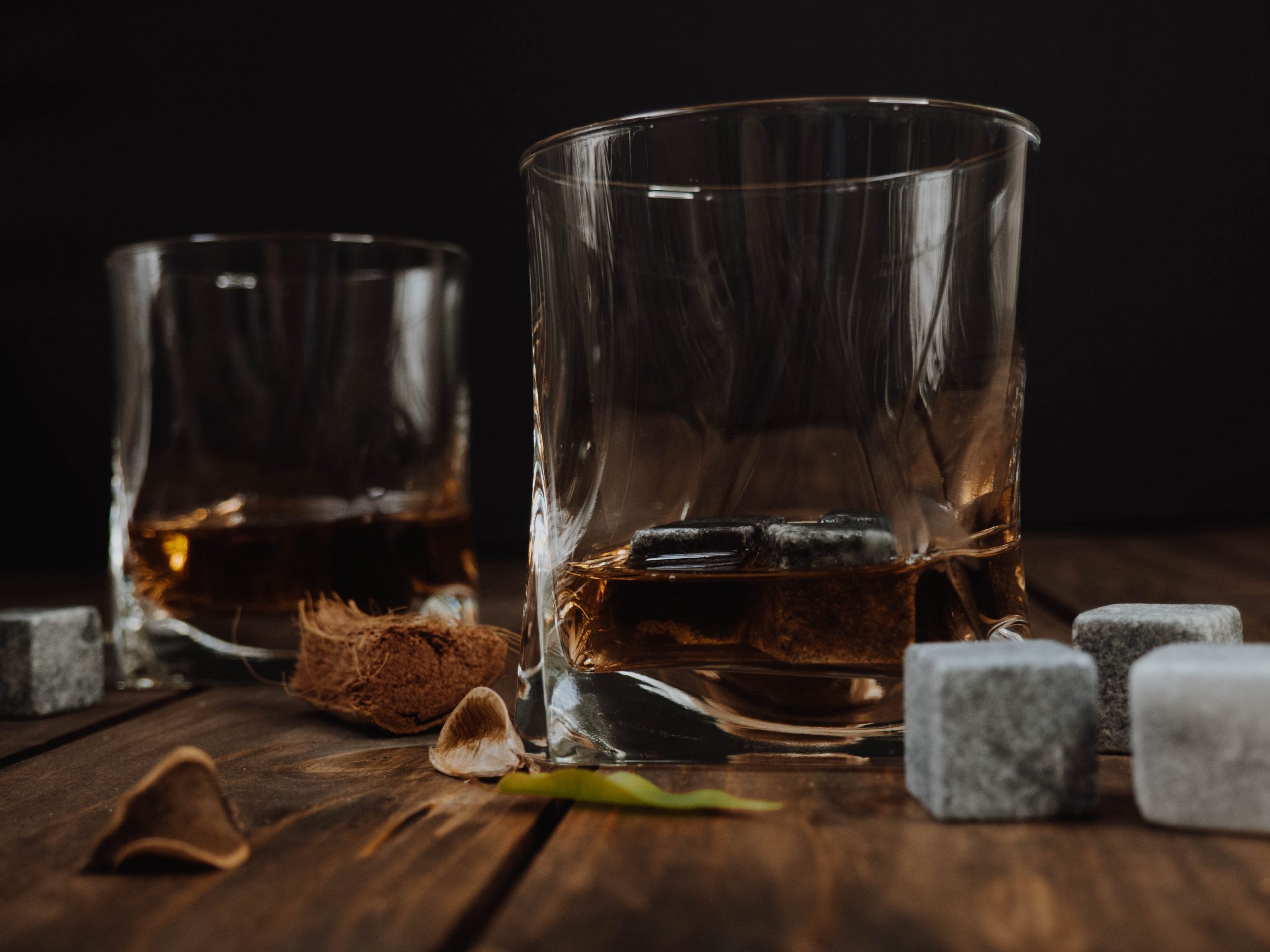
Now, let’s move on to the main differences between an Irish whiskey and a Scotch whisky.
The spelling
The most obvious difference between Irish and Scotch whisky is the spelling. In Ireland and the United States, it’s spelled “whiskey”, while Scotland and Canada spell it as “whisky” without the “e”.
The word “whiskey” comes from the anglicised Old Irish name uisce beatha, meaning “water of life”, while the Scottish Gaelic equivalent is rendered as uisge beatha. Basically the word “whisky” came about after repeated mispronunciations of the word uisce or uisge. And according to the Whiskey Museum in Dublin, Ireland, the different spelling may have also began as a marketing decision, which later spurred the trend of spelling it in the anglicised way.
But before we get into the result – let’s build up some suspense and dive into how Irish whiskey are Scotch whisky differ from each other.
The ingredients
Scotch whisky is typically made from malted barley, and other grains such as wheat, rye, or corn for blended whiskies. For example, to make a Chivas whisky, the primary ingredients of its mash would include water, malted barley, and wheat. Brewing yeast is then added to the resulting wort to kick start the fermentation process and produce alcohol.
As for Irish whiskey, distilleries will use a mixture of malted and unmalted barley, and other grains as their mash ingredients. The use of unmalted barley started when Ireland was still under British rule, and the latter imposed a tax on malted barley. As a way to evade taxes and keep costs low, the Irish distilleries decided to use unmalted barley in their product – which eventually became part of a traditional Irish whiskey recipe.
The distillation
In Scotland, whisky is usually distilled twice – which first defines, then refines the flavour of the spirit, while Irish whiskey – as one can easily tell on a bottle of Jameson – commonly undergoes triple distillation. This extra distillation step isn’t really about necessity, but to help produce a smoother flavour and texture – creating the biggest difference in terms of taste between these two types of whisky.
The result
While this particular writer and whisky fan personally prefers the Jameson Black Barrel for its complexity and deep, fruity sweetness, at the end of the day – preferences vary from person to person, and some differences aren’t about being better. The best whisk(e)y is the one you enjoy the most, whether neat, over the rocks, or in a highball.


